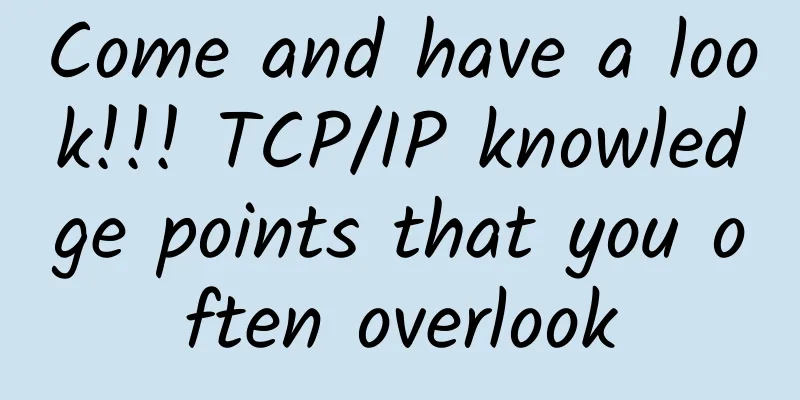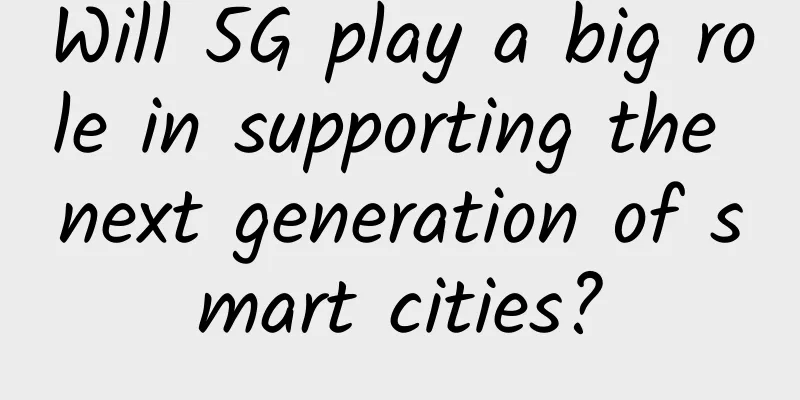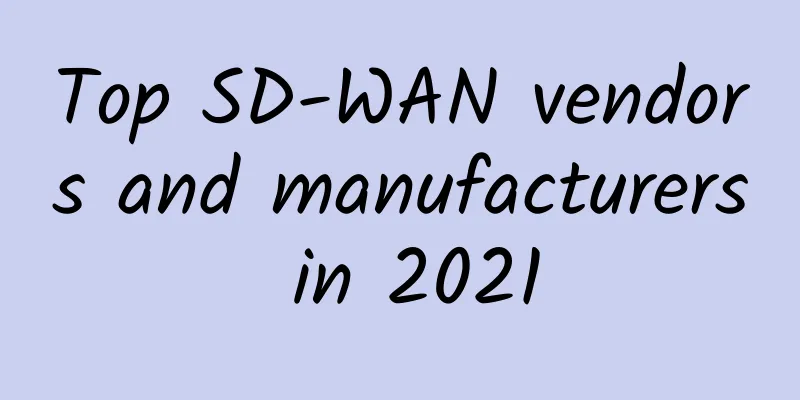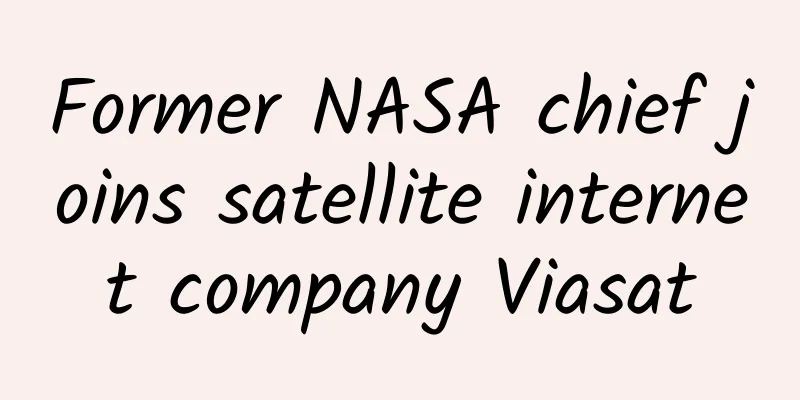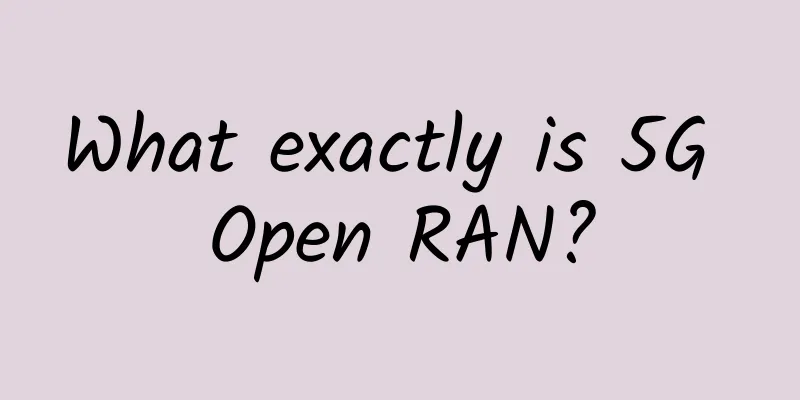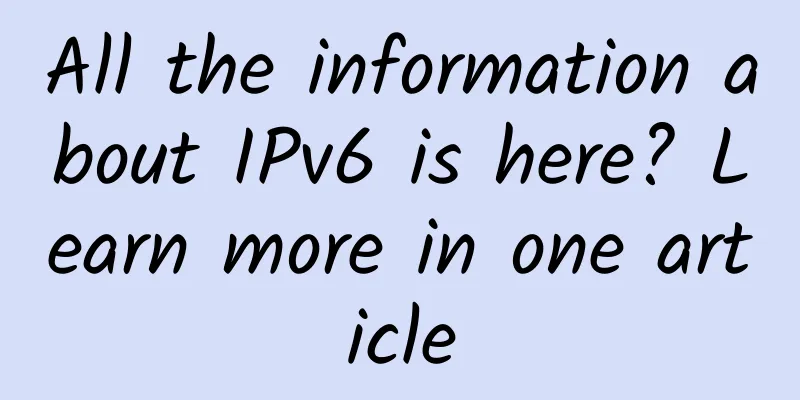Introduction to the complete 5G system
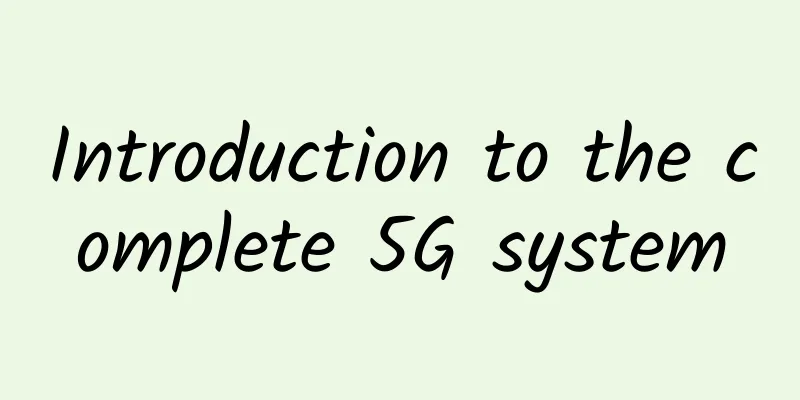
|
5G will soon be here, and it will be more than just faster phone speeds. Learn about 5G’s potential impact on the Internet of Things.
There are three application spaces designated for 5G: eMBB, replacing 4G mobile networks with faster 5G networks; URLCC, low-latency high-reliability data transmission; and mMTC, low-cost large-scale device networks. These three application areas are exciting areas that can see amazing advantages of 5G. Why 5G? There has been a lot of hype around 5G, with many companies like Verizon, AT&T, Qualcomm, Intel, and many others investing a lot of time and resources into 5G. The hype is also for good reason. The promise of 5G is truly amazing, with speeds potentially 10 to 100 times faster than 4G, and Verizon's 5G network in Chicago is currently hitting 1GB, which is crazy. While it will take many years to build out 5G, the network can offer a lot of benefits, reliable real-time video streaming, autonomous and semi-autonomous vehicles, large-scale sensor networks, and more. The International Telecommunication Union (ITU) has proposed “three main application performance indicators for 5G: enhanced mobile broadband (eMBB), ultra-reliable low-latency communications (URLLC), and massive machine type communications (mMTC).” Let’s discuss this in more detail. Enhanced Mobile Broadband (eMBB) As described in the examples above, eMBB is the 5G that most consumers will care about. eMBB describes a huge increase in the speed of current 4G LTE networks. To do this, there are plans to increase the frequency of cellular waves to transmit more data. Unfortunately, high-frequency beams do not penetrate buildings very well, so arrays of receivers and transmitters need to be installed throughout town to keep the signal working properly. eMBB networks are already being deployed in some cities in the United States, as well as in countries around the world. Ultra-Reliable Low Latency Communications (URLLC) URLLC describes critical applications with low latency and high reliability, such as autonomous driving or robotic surgery. For these applications, packet loss or slow delivery of packets during transmission can be risky. The URLLC standard requires "sub-millisecond latency with an error rate of less than 1 packet loss in 10 packets." URLLC is exciting, but it brings with it many technical challenges, such as synchronizing time bases and managing time-sensitive networks. Massive Machine Type Communications (mMTC) mMTC applications are suitable for large IoT devices with battery-powered, low-cost and low-data-rate devices. The requirements described by the ITU are:
Real-world applications of these devices could include smart metering, connected trash cans, bicycles, apiaries, or mousetraps. Technologies and protocols that have been designed for these use cases, such as NB-IoT and LTE-M, have been adapted to support mMTC. |
<<: Calculation of IP address and subnet mask
>>: 5G is not yet popular, 6G is on the way, and 7G will achieve space roaming
Recommend
5G user development starts with focusing on high quality
[[385400]] Recently, the Ministry of Industry and...
RAKsmart: $59/month-2*E5-2620v2/32GB/1TB/50M bandwidth/South Korea server
Thanks to the advantage of physical distance, mos...
Come to Fuzhou on March 21 to experience Huawei's "immersive experience" Smart Island!
[51CTO.com original article] Speaking of "im...
Kuaishou builds a real-time data warehouse scenario-based practice based on Flink
This article is compiled from the topic "Kua...
Gigabit broadband, who will buy it?
From the second half of last year to this year, t...
PacificRack VPS is 50% off for a limited time, 8 cores, 16G memory, 61 IPs for only $50
PacificRack is now offering a promotion for Multi...
Software-based routing is eating into the traditional branch router market
As more and more enterprises begin to realize the...
RAKsmart March Promotion: Dedicated servers limited flash sale starting at $30/month, bare metal cloud/cloud servers starting at $1 for the first month
RAKsmart's "Everyone Goes to the Cloud&q...
5G sets sail to create China's "speed"
In 2023, 5G applications will enter their final y...
DogYun Korean Classic Cloud is now available at 30% off, starting from 17.5 yuan per month or 175 yuan per year
I received a message from DogYun that the Korean ...
The three major operators' Q1 2021 financial reports: revenue and profits both increased, and 5G drove performance back to prosperity
“Plant trees in spring and harvest fruits in autu...
Relationship-aware routing and global traffic scheduling · SOSP 2019
[[345832]] "Read the Papers" is a serie...
In the wave of digital transformation, how should enterprise IT architecture change according to needs?
The wave of digitalization is driving the world e...
Summary information: Yunmi Technology/Yunji Internet/Duoxiantong/PigYun/Cool Cloud
The traditional Chinese New Year is approaching, ...
ZJI: Hong Kong Confederation Server 30% off, 560 yuan/month-2*E5-2630L/32G memory/480G SSD/30Mbps bandwidth
This month, ZJI offers a 30% discount code for Ho...
